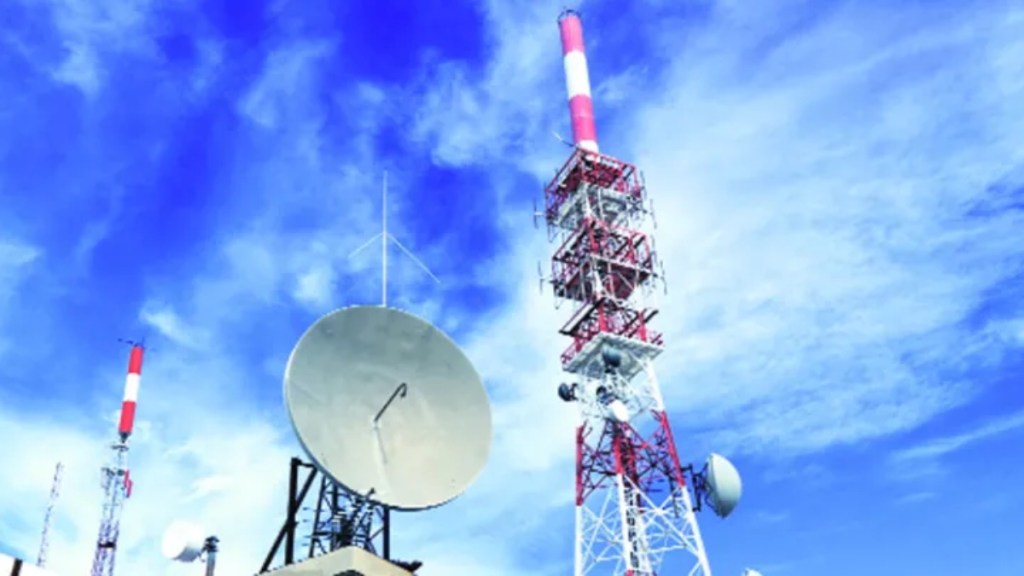The recent tariff hike by telecom operators in the range of 10-25 per cent and also growing data consumption will lift the average revenue per user per month (ARPU) of Indian telecom companies by approximately 25 per cent in fiscal 2026 as compared to fiscal 2024, said CRISIL Ratings. This, along with moderation in capital expenditure on account of lower network investments after completion of 5G rollouts and limited spectrum renewals, CRISIL added, will enhance return on capital employed (RoCE) and support deleveraging in the industry, thereby improving credit profiles.
After a two and a half year hiatus, the top three telecom players, that is, Reliance Jio, Bharti Airtel, Vodafone Idea (Vi), last month, announced a substantial increase in tariffs across its prepaid and postpaid plans. Tariffs were last raised by the operators in November 2021 and before it in December 2019.
“The industry ARPU should dial up to a decadal high of Rs 225-230 by end of next fiscal compared with Rs 182 last fiscal. This increase will have two distinct levers – one, the recent tariff hikes of 17-19 per cent by telcos and, two, organic growth in data usage amid increasing 5G penetration. Customers have been uptrading their plans because of rising content consumption via video streaming, social media and online gaming resulting in higher ARPUs,” said Manish Gupta, Senior Director and Deputy Chief Ratings Officer, CRISIL Ratings.
Per the report, the ARPU growth will be gradual over this fiscal and the next as the tariff hike becomes effective on the next recharge cycle for long-duration plans. It will improve operating profitability, which CRISIL said, shall lift the industry RoCE to approximately 11 per cent next fiscal from around 7.5 per cent in fiscal 2024. This is in view of the fact the industry has seen a long period of suppressed RoCEs due to substantial investments made towards the rollout of each generation of technology and the associated spectrum liabilities.
The report stated that the capex intensity averaged at approximately 28 per cent over the past three fiscals and is expected to come down to around 19 per cent by next fiscal since most companies have now completed their 5G rollouts. Even though the network capex for fiberisation of telecom towers, setting up of base transceiver stations and small cells for augmentation of networks is expected to continue, it will be at a slower pace. Similarly, per CRISIL, new spectrum capex is also expected to reduce as most of the spectrum purchase was completed in fiscal 2023 and next significant spectrum renewal will be due in 2030.
“The moderation in capex as well as healthy profitability will enable telcos to pare their debt to ~Rs 5.6 lakh crore next fiscal from peak debt of ~Rs 6.4 lakh crore in fiscal 2024. Around half of the debt on the balance sheets is for spectrum purchase, which has a long repayment schedule. Debt reduction will help the industry to improve debt-to-Ebitda7 to less than 3 times next fiscal year from ~4.3 in fiscal 2024. Resultantly, the credit risk profiles are expected to improve,” said Anand Kulkarni, Director, CRISIL Ratings.
